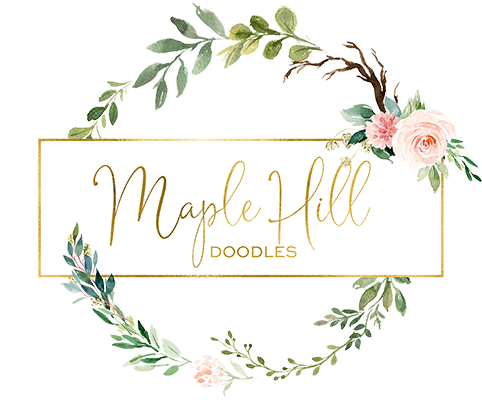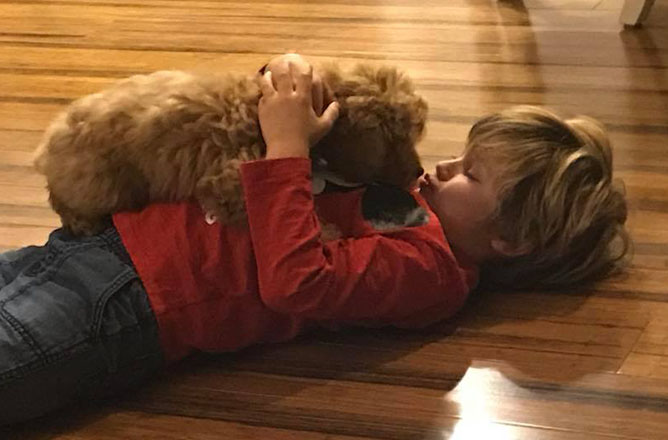
You want to get a dog, but you have children who have allergy sensitivities. You’ve been told wonderful stories about dogs with coats that don’t shed making them hypoallergenic, meaning they’re not as likely to cause allergic reactions in humans.
You can get a hypoallergenic dog and your children may not break out in hives, itch, or have breathing issues. Not only that, you won’t have to clean up tumbleweed-style piles of fur around the house, created by that shedder Setter or Golden Retriever you had when you were a kid.
Hypoallergenic is not the same as non-allergic
We know that allergies can cause intense itching and make the skin susceptible to unfavorable bacterial and yeast afflictions. Products have been designed to reduce possibilities for allergic responses by minimizing use of substances that can cause irritations to skin, make your nose itch and run, and even cause respiratory problems. It is the reduction in possibilities for reaction that puts the product in a hypoallergenic category. There still may be irritants present that can cause allergic reactions.
- Hypoallergenic = reduced irritants, limiting the possibilities for allergic responses.
- Non-allergic = no irritants so no possibility for allergic responses.
There are many breeds of dogs that fall into the hypoallergenic category, including Doodles, but there is no such thing as a non-allergic breed of dog.
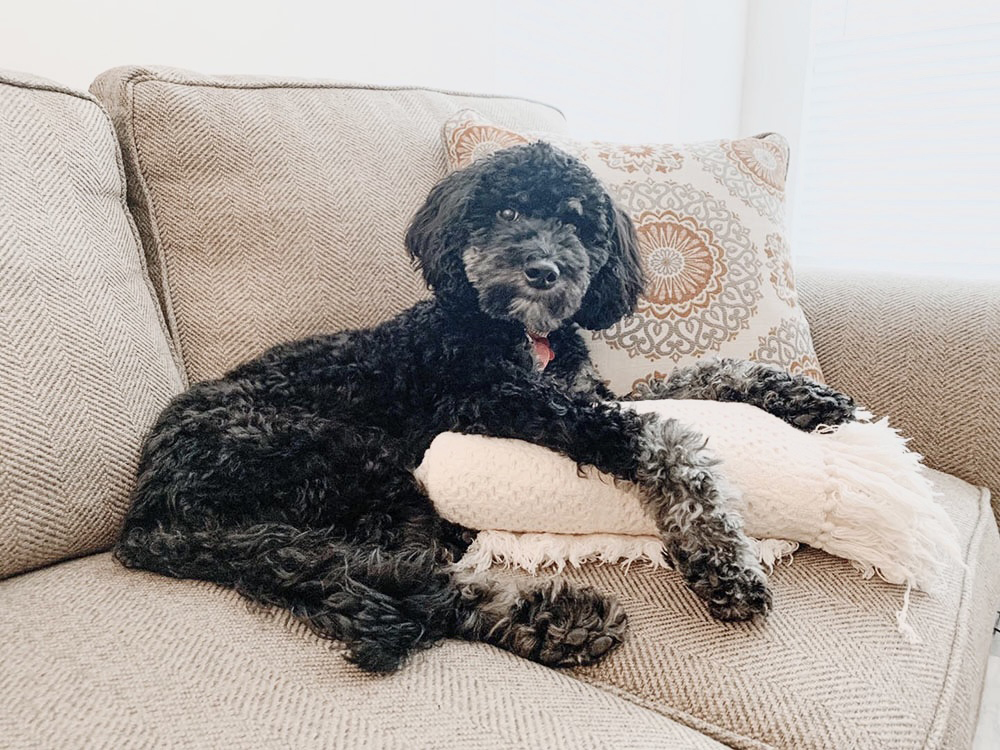
No dog is completely non-allergenic
Dog hair or fur may not be the definitive proof of whether or not a dog is hypoallergenic. Everybody is different and every dog is different too. But a good place to start understanding what breed of dog may be more hypoallergenic is with the dog’s coat.
Many people think that a dog is hypoallergenic because of its coat. The debate is often around fur vs hair. Dogs have hair, which we call fur, but people want to make a case for one versus the other. “Dogs have primary, secondary and tertiary hair. Humans only have tertiary hair, therefore we do not have fur,” explains Dr. Cherie Pucheu-Haston of Louisiana State University School of Veterinary Medicine. “Essentially, they are the same, dogs just have more layers.”
An article in Pets Magazine tells us the difference between dog fur and dog hair. First, dog hair is expected to be one layer and smoother, longer, and finer than dog fur. Dog fur is expected to have two layers — a top and an under coat — and to be shorter and denser. But it’s not the type of hair or fur that can make your eyes water and your nose twitch. It’s what’s not trapped in that coat that makes the culprit.
Types of dog hair or fur
Curly haired dogs, like Airedales and Standard Poodles, keep dander and dead skin cells trapped in their tightly wrapped fur. Because these dogs are not frequent shedders, not as much as some other breeds, the allergens are not readily available on your couch and bedding. It’s not that these dogs don’t produce allergens; they just don’t leave them lying around everywhere. They are far more allergy friendly than a fur-bearing dog like a German Shepherd or Golden Lab. These dogs shed constantly, leaving allergens wherever they travel.
Hair or fur, it all grows. It’s how it grows — anagen cycle, which is the rate at which the hair grows and therefore sheds — that may make less of a mess for you to clean up, but also has other characteristics that may affect its hypoallergenic properties.
Hypoallergenic, it’s all about the dog’s coat, or is it?
What other factors may contribute to a dog’s hypoallergenic status? More than anything, it is saliva and dander that can make you itch and sneeze and reach for the allergy meds. A curlier coat may trap the dander, but the dander is still present. If you run your hands through your pet’s coat and then wipe your nose, you might well sneeze in short order.
Though a dog’s coat might vary by breed, there’s nothing about its fur that tells us about its allergenic or hypoallergenic qualities.
“Knowing humans are often allergic to dog proteins found in saliva and dander, a hypoallergenic hair coat is simply impossible,” says Dr. Michael Lorenz, a retired professor and dean of veterinary medicine at Oklahoma State University. “Owners can potentially reduce dander and shedding through good grooming practices, including routine brushing and bathing.”
Even with a hypoallergenic dog, good grooming care is essential, not only for the wellbeing of the animal, but to keep allergens in check.
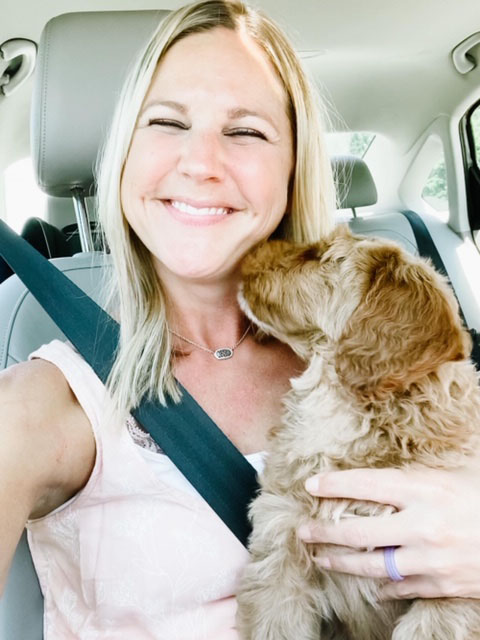
And then there’s all that dog kissing.
Does your dog lick your face? How about your hands and your arms? Well, if you’re going to have an allergic reaction, all that loving attention will spread the dog’s saliva around and is certain to bring on itching and scratching and sneezing and wheezing.
Why? Because of the protein chains and compounds produced by saliva and skin that are where all the allergy troubles start. Protein chains? If that’s too much science for you, just know that these are the building blocks of all forms of life, including allergens. Allergens?
What are Allergens?
The American Academy of Allergy, Asthma, and Immunology defines an allergen as a substance capable of triggering a response that starts in the immune system and results in an allergic reaction. Your immune system responds to allergens by releasing chemicals that may cause nose, throat, eyes, ears, skin, or mouth irritations. You sneeze. You itch. You tear up. Your nose runs. Sometimes your lips will swell. You may develop hives. All this can happen from contact with any dog, but you’re more likely to avoid these calamities by confining your puppy petting and kisses to hypoallergenic breeds.
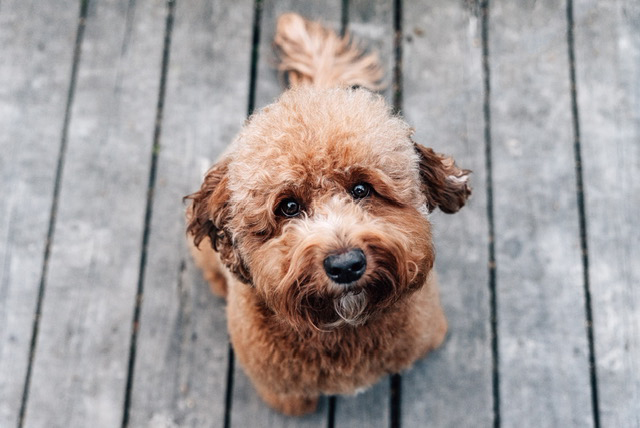
Shedding vs non-shedding breeds
If you’re looking for a puppy, know right off that the puppy’s coat will change as it grows older. The texture will change as it loses its puppy soft undercoat and the color may change as it grows its adult coat.
That adorable ball of fluff, as with most youngsters, will transform from cuteness on steroids to gangly and scraggly looking in its adolescence. It will also lose the fluff everywhere in your house — on your furniture, on floors, and under everything. Yes, your puppy will shed. However, a non-shedder’s adult coat, though it will lose some hair, will not lose enough to be an issue for the maid. Remember,
- Single coat: This is hair that only has one layer and sheds with less frequency.
- Double coat: This is a topcoat and an under coat and both shed. Not only is the coat doubled, but it’s double trouble for potential allergens.
A so-called ‘non-shedder’ (minimal shedding), like a Doodle, will have a single coat. The University of California Davis Veterinary Genetics Laboratory outlines additional characteristics to note:
- Furnishings: Furnishings refers to the longer mustache and eyebrows seen in wire-haired dogs and other breeds.
- Improper Coat (IC): The breed standard for Labradoodle, Goldendoodles and Portuguese Water Dog requires furnishings. These dog breeds are characterized by short hair on the head, face and legs.
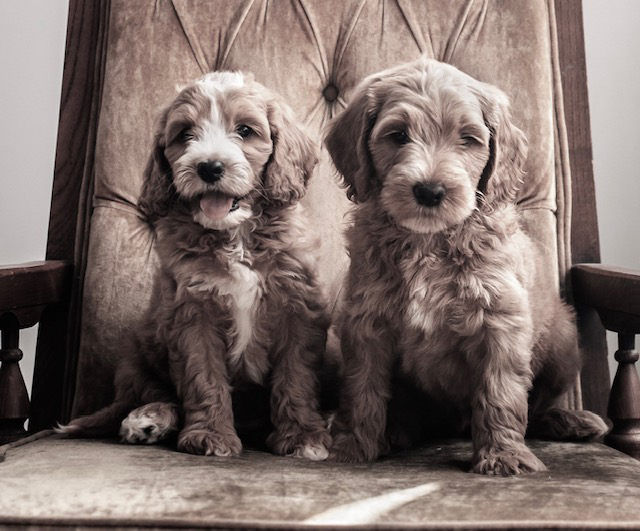
Pick me! Best hypoallergenic dog breeds.
Now you know to be looking for a low-dander, low-shedding dog for your household of itch-prone kids. What types of dogs fit the hypoallergenic category?
The American Kennel Club reports that there are breeds that don’t shed. This is not exactly true, because all hair will fall out at one time or another. But you can be assured with this list, that the fallout is minimal compared to say, a Husky!
Some dog breeds have hypoallergenic coats that produce much less dander, which is attached to the hair and causes most allergens in humans. Medical doctor, Clifford W. Bassett proved that ‘non-shedding’ dog breeds are much more likely to be hypoallergenic. Essentially people who own a poodle (or poodle-cross) are less likely to develop severe allergies than many other breeds.
Doodles are hypoallergenic dogs
Doodles are not only cute and loveable – just like every other dog – but they also have the characteristics that help to keep them allergy friendly. If you’re prone to allergy symptoms, you’ll want to spend time with a Doodle before bringing him home. And remember, a puppy coat may carry more allergens than an adult dog’s coat. Plus, puppies shed as their new, grown up coat comes in. Again, spend time with your favored prospective hypoallergenic breed before making the decision to adopt or purchase.
We can all have unexpected allergic reactions. Make sure the whole family has interacted with the breed of choice at different ages, puppy and adult. And remember, dogs are individuals too, so one may be allergen friendly while another may not. Look for the hypoallergenic breeds and characteristics outlined here to help inform your decision to bring a puppy or adult dog into your home.
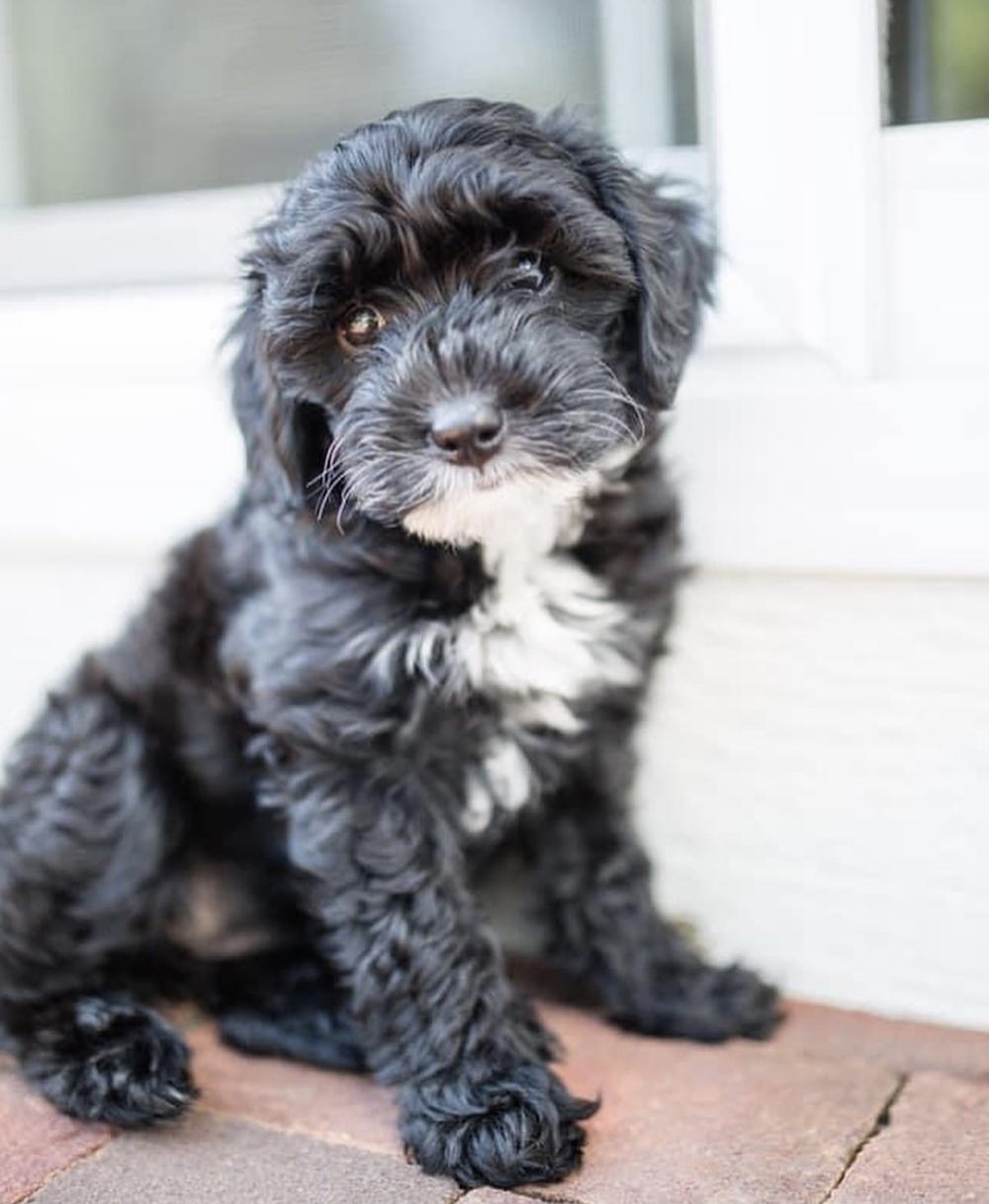
So, are hypoallergenic, non-shedding dogs, mythical creatures?
A little bit. But you can find a dog, and certainly a Doodle, that will go a long way to bring love and loyalty and joy to your household with minimal risk of allergic episodes in family members.
Most (but not all) doodles have hair. At Maple Hill Doodles, we are very selective and breed for doodles that will have hair. We do genetic coat testing before breeding dogs. This, along with our years of experience, allows us to assure that our puppies are the least likely to shed or trigger allergies.
Doodles are our passion. Here are some additional resources for you to learn more:
animalgenetics.us
